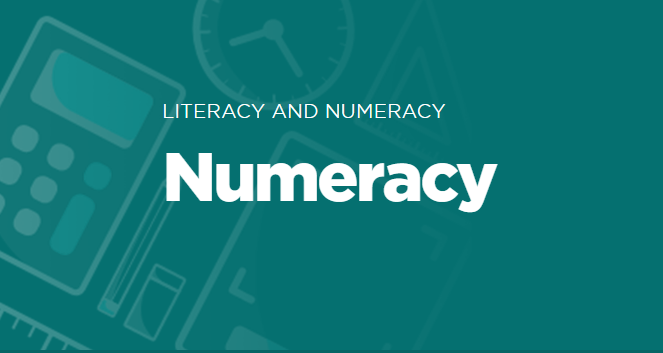Updated: 8/11/22 to include guide to sufficiency
The much awaited release of the Numeracy Pilot materials and evaluation report
Posted on the numeracy assessment page
- June Numeracy CAA
- June marking schedule
- Evaluation report for reading, writing and numeracy CAA’s
We see there are 10 opportunities to meet each of the three process outcomes.
To achieve the standard, students were required to correctly answer at least 17 items as well as correctly answer a minimum number of questions related to each Outcome [Process] .
For those students who correctly answered at least 17 items but did not achieve the standard, the majority did not meet the required minimum level of achievement on Outcome 3
The assessment report highlights that process 3 continues to be a challenge for students along with digital and literacy skills required to explain or justify their thinking.
13441 of our rangatahi were entered for the Numeracy CAA in June. Of those 56% were awarded numeracy. These results show more work needs to be done to ensure our ākonga gain the required foundational literacy and numeracy. They results should be read with a critical lens as we are still in the pilot phase and schools are approaching their involvement in the pilot in different ways.
Most of the students entered were in Year 10 and many schools are using the pilot to assess their readiness for the introduction of the numeracy and literacy standards in 2024.
For those that love to drill down into the data Evaluation Associates have prepared a 91 page report
Evaluation report one on the overall literacy and numeracy pilot to date
The chart below (p. 25) shows the relationship between the achievement rates for the Literacy and Numeracy standards and student e-asTTle scores in Reading, Writing, and Mathematics. e-asTTle was used here due to availability of data.
For each e-asTTle sublevel score, the bar shows the percentage of students who achieved the CAA standard.
72% of students who scored 4A in Reading achieved the Literacy (reading) standard,
53% of students at 4A for Writing achieved the Literacy (writing) standard,
56% of students at 4A for mathematics achieved the Numeracy standard.
Assessing readiness (Evaluation report one, P62)
A range of readiness tools are being used for literacy and numeracy. Of the 153 respondents, 42 responded that they did not use a readiness tool at this point. Of the remaining 111 a range of methods were used, including teacher judgment (87), curriculum levels, e-asTTle, PAT’s LPF and school based tests.
The numeracy team have heard that:
- the assessment must be inclusive for all learners and be culturally inclusive.
- we would like more individualised feedback
- more specific assessment resources would be useful. A shout out to the writers of the NZAMT sample questions: Numeracy survey participants liked the NZAMT resources because the 45 task activities and numeracy questions closely mirrored the level of the Numeracy CAA and were useful for students and themselves. (p. 65)
Numeracy in 2023
Numeracy will be able to be gained either using the current list of standards or the numeracy package or through the Numeracy CAA.
From 2024 the Numeracy CAA will be the only way learners may meet the numeracy requirements for NCEA
More about 2023 and a link to express an interest in participating in the numeracy pilot can be
found here. This does not mean you must take part in the pilot next year but will ensure you continue to receive that latest information directly to your inbox.



